Car Fundamentals: Fuel System
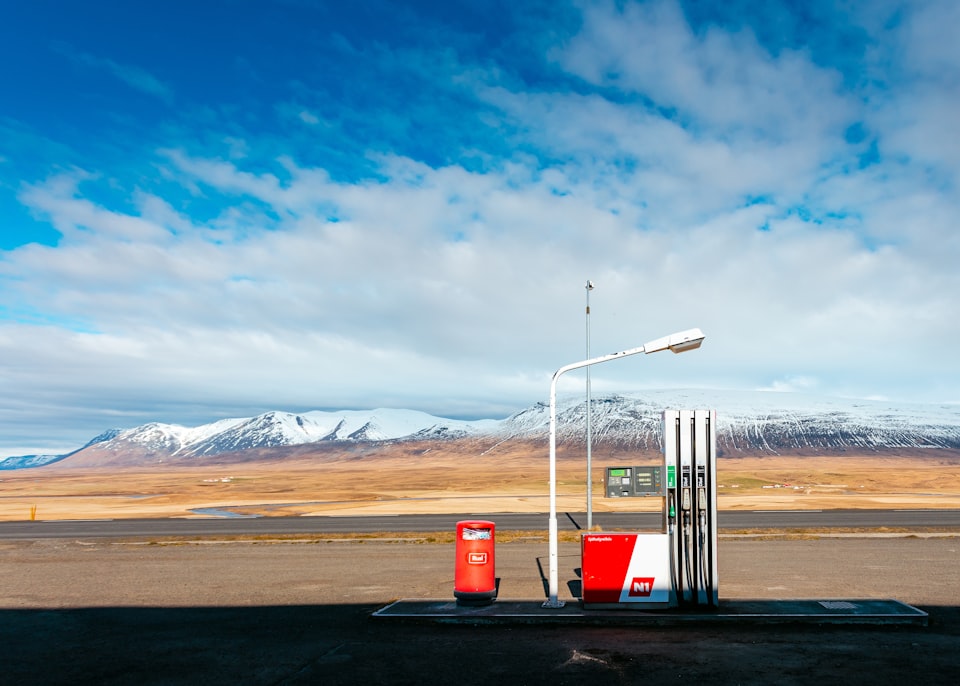
In this post, we'll explore a car's fuel system on a high level.
We aim to learn about what components are involved and provide a basic understanding of what each part does. So, let's head right in!
Overview
The fuel system in a car has three main jobs:
- Provide fuel to the engine
- Mix the fuel with air
- Get rid of the leftovers after burning.
The air flowing through the engine travels almost as fast as sound at top speed. The air is then mixed with tiny drops of petrol into the engine. The air and fuel mix and burn inside the engine, and then the leftover exhaust gases are pushed out through the tailpipe.
The movement of pistons in the engine helps create the airflow. When a piston moves down, it creates a suction that pulls in the air and fuel mixture. Then, when the mixture burns, and the piston moves back up, it pushes the burned gases out. The engine valves control the air and fuel mixture flow through the engine and out of the exhaust pipe.
A car's fuel system can use either a carburettor or fuel injectors to mix and deliver fuel.
Carburettor
The carburettor plays a crucial role in engines by mixing air and fuel to power the engine.
It draws in air using the engine's vacuum and then mixes it with fuel.
As the air flows through the carburettor, the airflow draws in fuel from a fuel bowl, which is part of the carburettor.
These two ingredients, air and fuel, mix in a precise ratio to form an explosive mixture.
The carburettor continuously adjusts this mixture to keep the engine running smoothly.
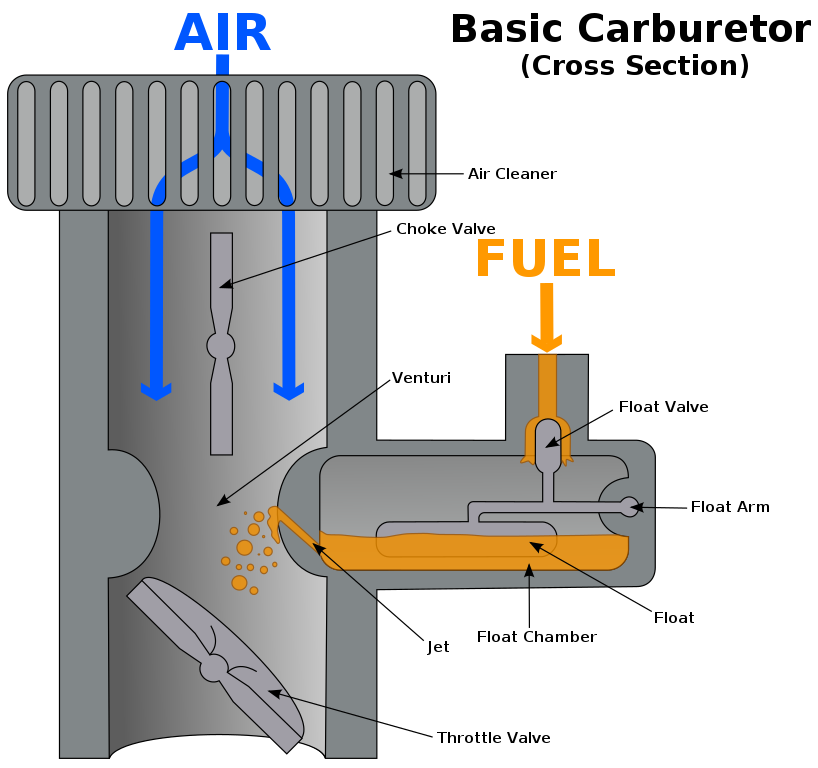
Fuel injection
Fuel injection is a more precise and efficient method of delivering fuel to the engine than the carburettor.
Instead of drawing in fuel, like with the carburettor, the fuel injector sprays the fuel into the airflow. This makes the car run cleaner and more economically.
There are three main types of fuel injection systems:
- Direct Fuel Injection:
This design uses a separate injector for each combustion chamber. The injectors screw into the engine head next to the spark plugs. The injectors spray straight into the combustion chamber. - Ported Fuel Injection:
A second-generation system where each combustion chamber still has one injector. But these injectors don't spray into the chamber. Instead, they're in the intake manifold just outside each combustion chamber. - Throttle Body Fuel Injection:
A more modern and simplified system. Here, a single injector is in a carburettor-like body, acting as a precise and controllable carburettor. Like a carburettor, the throttle body system directs fuel into the airflow for further mixing in an intake manifold.
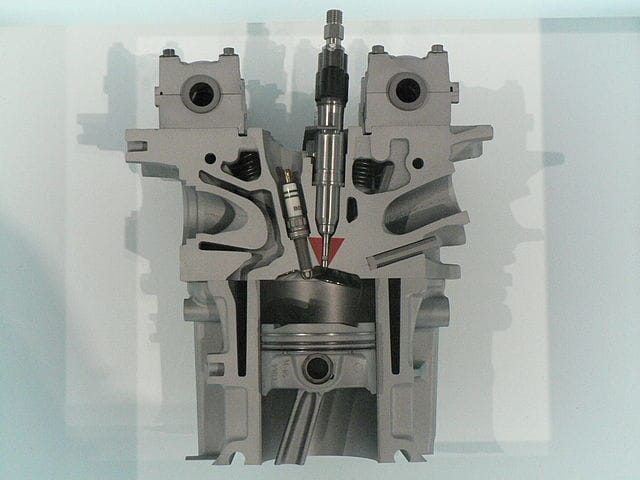
Computerised Fuel Injection
Modern cars use computer-controlled fuel injection systems, which are more efficient and responsive.
There are three types.
- Electronic fuel injection (EFI),
- Digital electronic fuel injection (DEFI)
- Electronic sequential multiport fuel injection (SMPI).
These systems rely on sensors throughout the car to gather information and adjust the fuel mixture accordingly.
These sensors and injectors talk to a central computer, often called the electronic control module (ECM) or engine control unit (ECU).
The computer controls how much fuel is injected, ensuring the engine runs smoothly in different conditions. If something goes wrong, the system defaults to average settings so the car can keep running.
Fuel tank
The gasoline tank stores fuel and includes sensors for the fuel gauge, baffle plates to prevent fuel sloshing, an electric fuel pump, and filters to keep the fuel clean.
Fuel Pump
The fuel pump ensures a steady fuel supply to the engine, especially during acceleration.
There are a few different types of fuel pumps. For example:
- In-line electric pump
- Precision fuel injector pump
- Submersible fuel tank transfer pump
Electric pumps are common for their reliability and steady fuel pressure.
Fuel and Air Filters
Air filters keep dirt out of the engine, while fuel filters ensure the fuel going into the engine is clean.
Both are essential for the engine's smooth operation.
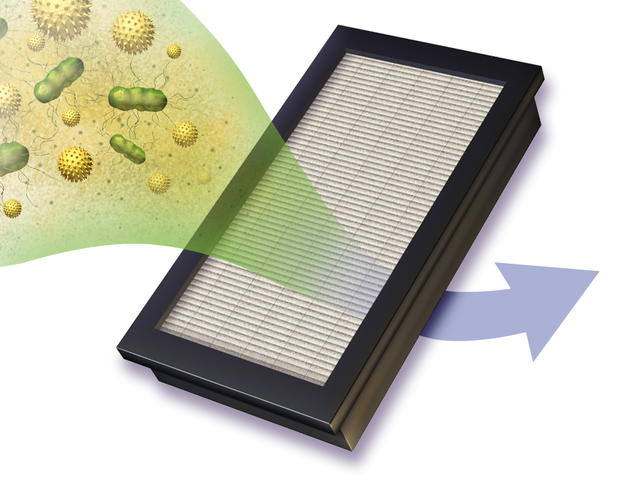
Turbocharger
A turbocharger increases engine power by packing more air into the engine using an air compressor powered by exhaust gases.
It helps engines produce more power efficiently. Some turbochargers are constantly working to boost power. But others kick in when you need extra speed, like when you push the accelerator pedal down.
Another device called a supercharger does a similar job. But, instead of using exhaust gases, it's powered by a belt connected to the engine.
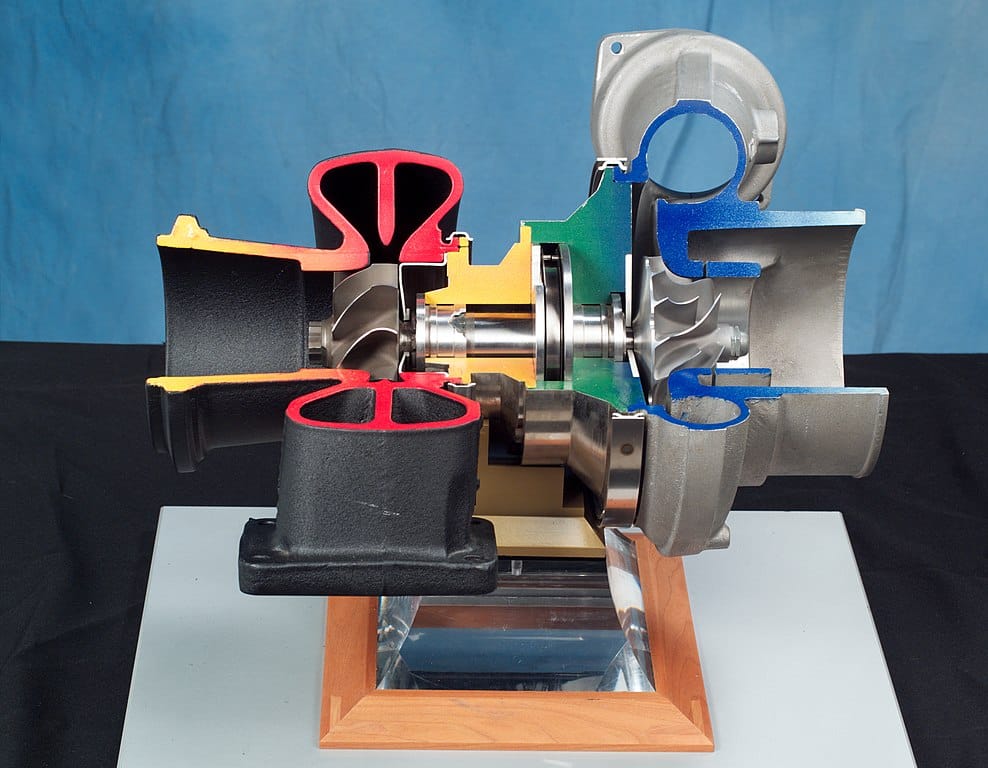
Emission Controls
Systems like Positive Crankcase Ventilation (PCV), Exhaust Gas Recirculation (EGR), air injection, and catalytic converters help reduce harmful emissions from the engine, making cars cleaner and more environmentally friendly.
- PCV uses a simple hose to carry dirty fumes from the engine's crankcase and add them to the air and fuel mixture in the engine. This burns them up again, making them less harmful. The system has a one-way valve to ensure the fumes go the correct way.
- The EGR system pumps exhaust fumes back into the engine's intake manifold to mix with the air and fuel. Like with the PCV, burning the fumes again helps reduce harmful emissions.
- Air injection pumps fresh air into the exhaust manifold to mix with the exhaust fumes. This helps destroy harmful chemicals.
- Catalytic converters react with harmful emissions and turn them into less harmful substances. Some cars have more than one catalytic converter to keep emissions low.
Exhaust Manifold and Silencer (Muffler)
The exhaust manifold collects exhaust gases from the engine's combustion chambers and channels them into the exhaust pipe.
The exhaust pipe carries the exhaust fumes from the engine to the silencer.
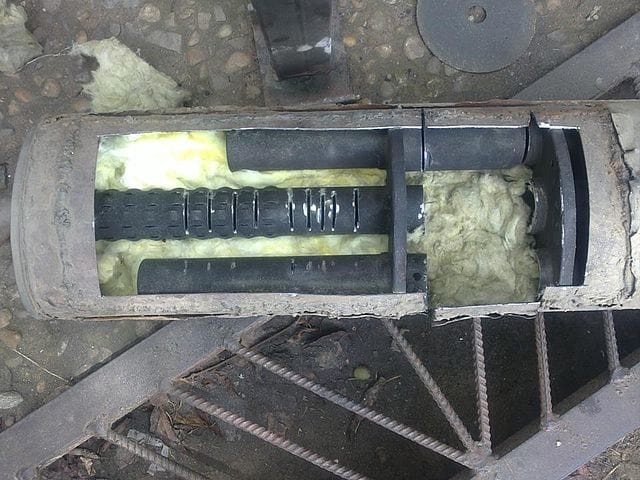
A silencer lessens engine noise by trapping sound waves using passages and compartments. Finally, the exhaust pipe releases the fumes from the tailpipe.
Thank You
There we go! The exploration of a car's fuel system is all done.
I hope you found this helpful and that it helped you better understand the car's fuel system and how it operates on a high level.